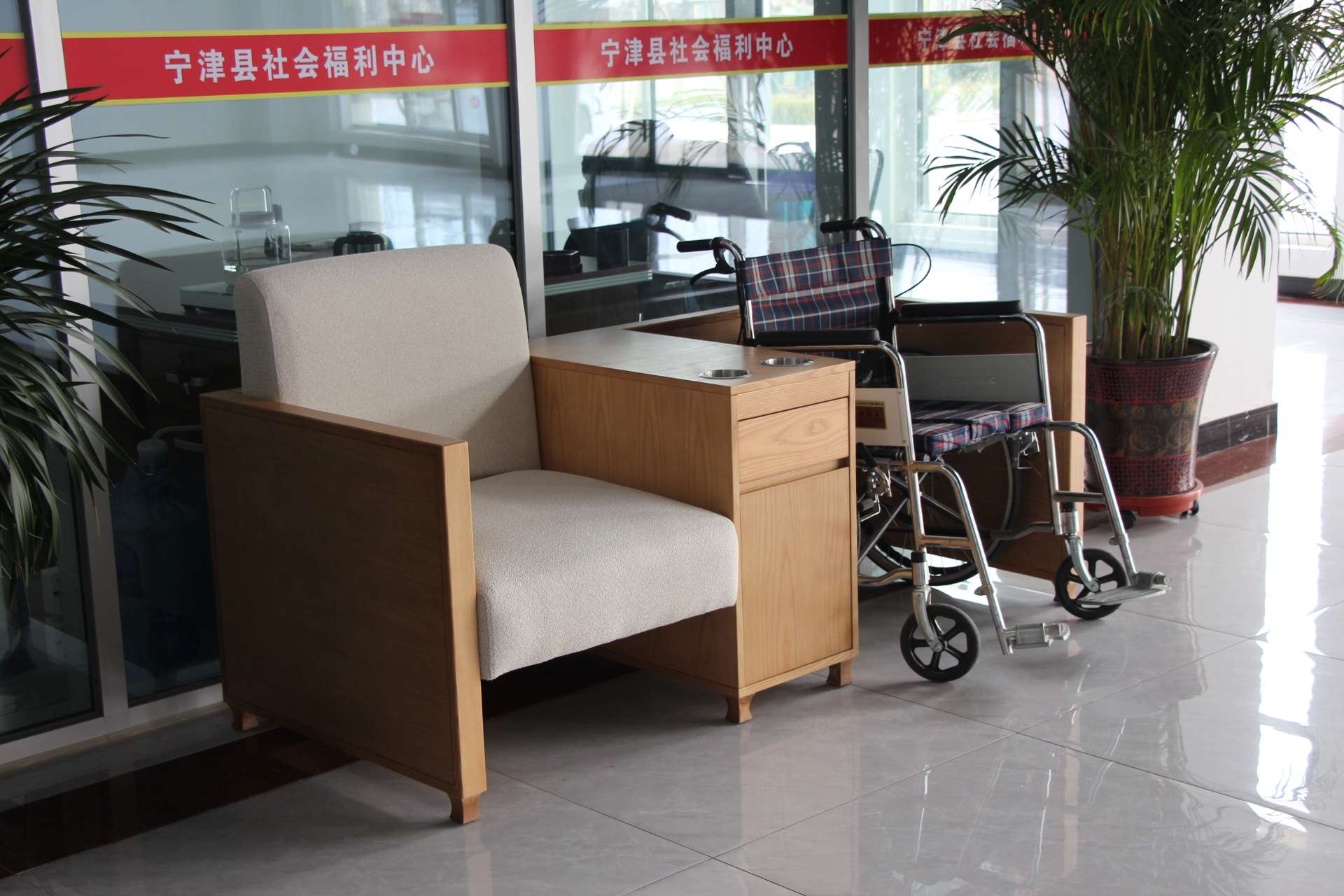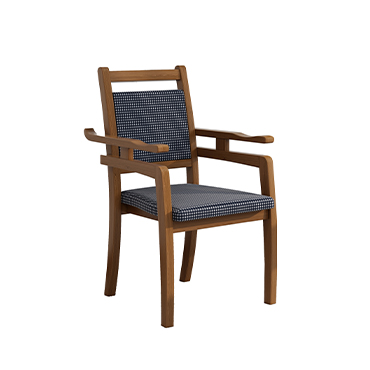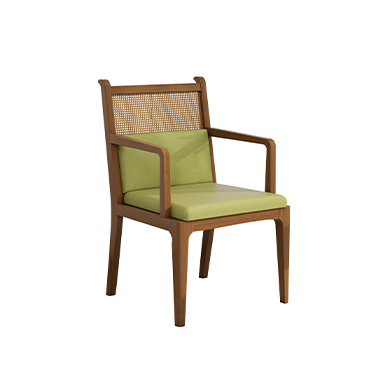Senior Living Options: Planning Your Ideal Retirement Home
As you approach your golden years, do you envision living in a multigenerational household with your family, or enjoying the independence of living on your own? With the rapid aging of society, planning a comfortable, safe, and meaningful living environment for your retirement—or helping your parents secure a high-quality senior lifestyle—is an essential aspect of a fulfilling second half of life.
Whether you prefer a family-centered home or independent living, retirement housing decisions should be based on personal or family circumstances. Key factors to consider include health needs, family relationships, financial situation, and quality of life, ensuring safety, comfort, and dignity in later years.
Planning Your Personal Retirement Home
Decisions regarding retirement housing should take into account financial capacity, health requirements, family support, and lifestyle quality. Typically, if retirement is planned around age 60, the ideal time to start planning is 5–10 years before retirement, allowing ample time for informed decision-making and avoiding rushed choices.
You can decide whether to stay in your current community or relocate to a retirement-friendly area based on your preferences, health, and finances.
Staying in Your Current Community
Downsizing
After children move out, many seniors choose to move to smaller units within the same community.
Advantages: reduced cleaning and maintenance burden, improved safety, and the possibility to rent or sell the original home to supplement retirement income.
Aging in Place: Home Renovation
Many seniors prefer to continue living in their familiar home (Aging in Place).
Renovation priorities depend on the house layout and budget, typically focusing on bedrooms, bathrooms, kitchens, dining, and living areas.
Recommended Home Improvements:
Barrier-free access: widen doorways, remove stair thresholds
Slip prevention: install anti-slip flooring and handrails in kitchen and bathroom
Lighting safety: redesign lighting for nighttime visibility
Bedroom design: plan for future medical or caregiving needs
Functional layout: optimize storage and movement pathways
Emergency preparedness: smoke detectors, fire safety systems, and emergency call systems
Relocating to a Senior-Friendly Community
If you decide to move, consider the following when choosing a retirement community:
Proximity to nature: Access to parks and greenery supports physical and mental health.
Convenience: Nearby shops, groceries, salons, and daily services.
Safe and accessible transport: Efficient connections to local transportation.
Healthcare access: Hospitals, clinics, and pharmacies within 10 km or a 20-minute drive for both routine and emergency care.
Social and recreational facilities: Spaces for socializing, fitness, and leisure activities to maintain an active lifestyle.
Living with Family
Moving in with children or other family members can provide companionship and support in later years. To ensure a smooth transition:
Develop caregiving skills: Family members should learn basic nursing, first aid, medication management, and daily care.
Seek external care services: Hire professional caregivers or arrange for visiting medical teams if needed.
Plan responsibilities and communication: Prepare advance care plans or medical directives and discuss expectations with family members.
Maintain open communication: Regularly review caregiving arrangements and responsibilities to avoid misunderstandings.
Moving into Professional Care Facilities
With the global increase in the elderly population, professional care facilities are becoming more relevant. For example, in Malaysia, seniors (65+) will account for 14% of the population by 2030 and 14.5% by 2040. Professional nursing homes and day-care centers can meet growing healthcare needs, especially for families with fewer children.
Choosing a senior care facility:
Professional care: Trained staff provide support based on seniors’ health stages.
Advance care directives: Include living wills or medical directives in decision-making.
Financial considerations: Understand the fee structures and select facilities suitable for your budget.
Planning your retirement home—whether staying in your current residence, relocating to a senior-friendly community, living with family, or moving into a professional care facility—requires careful consideration of health, safety, lifestyle, and financial factors. Proper planning ensures that your later years are lived with comfort, dignity, and independence.





